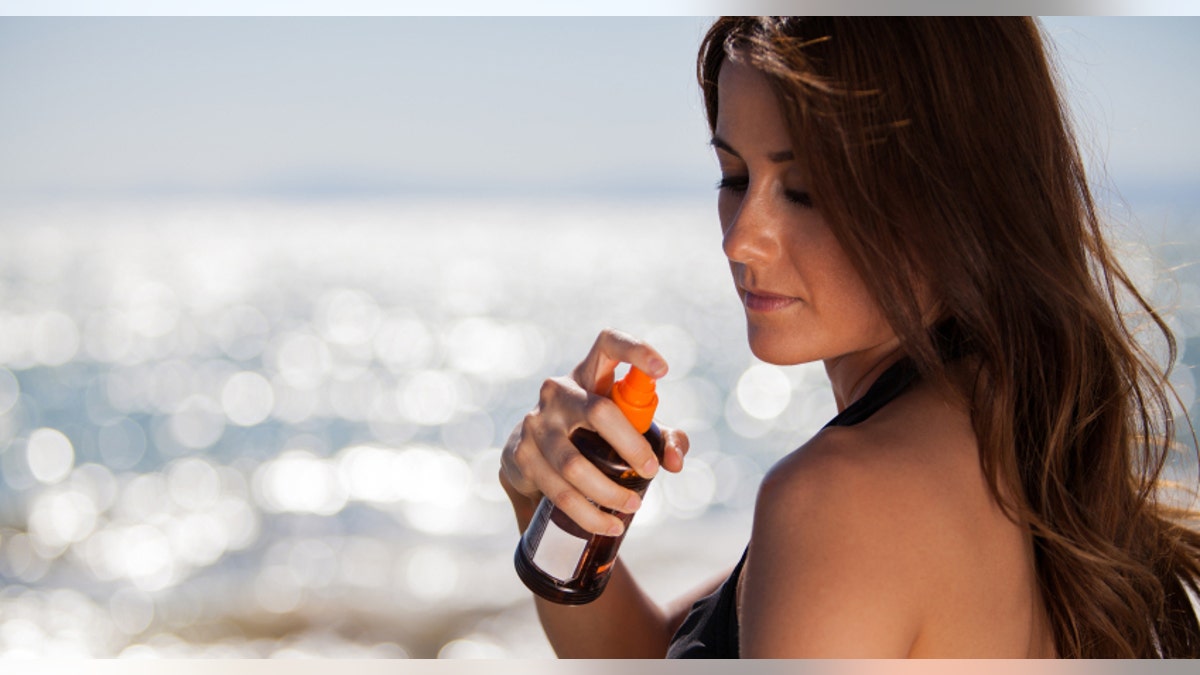
Dermatologists tout sunscreen for its ability to prevent signs of aging and protect against skin cancer. But now, new research suggests a measurable benefit of slathering on sunblock with as little as SPF30: a reduced risk of melanoma.
"Sunscreens are known to prevent skin from burning when exposed to UV sunlight, which is a major risk factor for melanoma. However, it has not been possible to test whether sunscreens prevent melanoma, because these are generally manufactured as cosmetics and tested in human volunteers or synthetic skin models,” principal investigator Christin Burd, assistant professor of molecular genetics at The Ohio State University, said in a news release. "We have developed a mouse model that allows us to test the ability of a sunscreen to not only prevent burns but also to prevent melanoma.”
According to the American Cancer Society, melanoma is the most dangerous type of skin cancer and the leading cause of death from skin disease. The group estimates that more than 76,000 people will be diagnosed with melanoma in 2016, and that more than 10,000 will die. The disease is over 20 times more common in white people than black people, and this risk increases with age.
Previously in the journal Cancer Discovery, Burd and her team detailed their mouse melanoma model, whereby the genetically engineered rodents spontaneously developed melanoma about 26 weeks following application of the chemical 4-hydroxytamoxifen (4OHT).
In the new study, which was presented Sunday at the American Association for Cancer Research (AACR) Annual Meeting 2016, researchers saw melanomas appeared more rapidly and with more tumors when mice were exposed to a single dose of UVB light a day after applying 4OHT to the skin.
"Melanoma-free survival was reduced by 80 percent, to about five weeks," Burd said in the release.
Next, researchers tested the ability of numerous SPF30 sunscreens to prevent melanoma. They found that they all delayed melanoma onset and reduced tumor incidence.
"There were some minor differences in melanoma prevention amongst the different SPF30-labeled sunscreens," Burd said. "However, we later discovered that even though the sunscreens were all marketed as SPF30, some were actually predicted to have a higher rating. For this reason, it is hard to compare the melanoma-preventing capacity of the different sunscreens at this time."
Two limitations of the study were the short dose of UVB in the experiments equaled the amount of UVB exposure a person might be exposed to over a week at the beach and that researchers used only UVB light, preventing the rodents from being exposed to the entire UV spectrum present in sunlight.
Burd said her team is working to reduce the UVB dose used in their study and to purchase a solar simulator to better model all wavelengths of sunlight.
Researchers are now working to identify which ingredients in sunscreen may offer the best protection against melanoma— insight that may lead to the development of smarter sunscreens that can reduce skin cancer risk.
